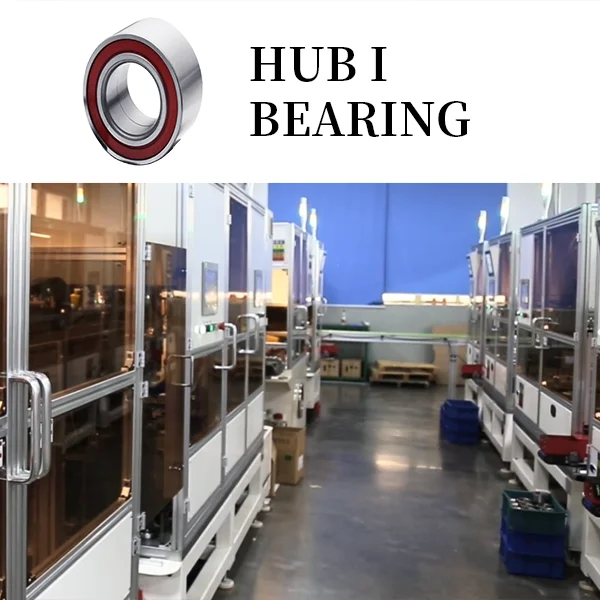In the realm of industrial automation, the bearing production line stands as a paragon of efficiency and precision. Bearings are integral components in various machinery, from automotive to aerospace, and their quality directly impacts the performance and longevity of these systems. In this blog post, CONSUMMATE, a bearing assembly line supplier, will share the features of the automatic bearing production line that ensures consistency, reduces human error, and improves overall productivity.
1. Precision Engineering
At the heart of any bearing production line is the precision engineering that ensures each bearing meets stringent quality standards. Automatic lines utilize state-of-the-art machinery that can produce bearings with micron-level accuracy. This precision is crucial for applications where even the slightest deviation can lead to failure.
2. Real-Time Monitoring and Control
Modern production lines are equipped with sensors and control systems that monitor the manufacturing process in real time. These systems can detect deviations from the set parameters and make adjustments automatically, ensuring consistent quality throughout the production run.
3. Integrated Quality Control
Quality control is no longer a separate process but an integral part of the production line. Automated inspection systems check each bearing for defects and inconsistencies, using advanced technologies like machine vision and laser scanning. This immediate feedback loop allows for quick corrective actions, minimizing waste and rework.

4. Material Efficiency
Automatic bearing production lines are designed to minimize material waste. Precision cutting and shaping processes ensure that materials are used efficiently, reducing costs and environmental impact. Additionally, the use of recycled or sustainable materials is facilitated by the flexibility of these lines.
5. Scalability and Flexibility
One of the significant advantages of automated production lines is their scalability. These lines can be easily adjusted to produce different sizes and types of bearings without significant downtime or retooling. This flexibility allows manufacturers to respond quickly to market demands and customer specifications.
6. Energy Efficiency
Energy efficiency is a critical feature of modern production lines. Automatic bearing production lines are designed to minimize energy consumption through optimized processes and the use of energy-efficient machinery. This not only reduces operational costs but also aligns with environmental sustainability goals.

7. Reduced Labor Dependence
By automating repetitive and labor-intensive tasks, bearing production lines reduce the reliance on manual labor. This not only improves safety by removing workers from potentially hazardous environments but also addresses labor shortages and training costs.
8. Data Collection and Analysis
The ability to collect and analyze data is a hallmark of advanced production lines. Data on production rates, quality metrics, and machine performance are continuously gathered and analyzed to optimize the manufacturing process. This data-driven approach leads to continuous improvement and innovation.
9. Integration with Supply Chain Management
Automatic bearing production lines are often integrated with supply chain management systems, allowing for just-in-time inventory management and real-time tracking of materials and finished goods. This integration ensures that production is aligned with supply and demand, reducing inventory costs and lead times.
10. Customization Capabilities
With the flexibility offered by automation, bearing production lines can accommodate customization requests. Whether it's a specific material grade, unique design, or specialized finish, these lines can be configured to meet specific customer needs without compromising efficiency.
11. Maintenance and Upgradability
Automatic production lines are designed with maintenance and upgradability in mind. Regular maintenance routines are built into the system, and the infrastructure is designed to allow for easy upgrades as new technologies and processes become available.
Conclusion
The features of automatic bearing production lines are a testament to the power of industrial automation. They not only enhance the efficiency and precision of bearing manufacturing but also contribute to the sustainability and adaptability of the industry. As technology continues to advance, we can expect these production lines to become even more sophisticated, further pushing the boundaries of what is possible in bearing production.
https://www.jscst.vip/Features-of-Automatic-Bearing-Production-Line.html
www.jscst.vip
CONSUMMATE
